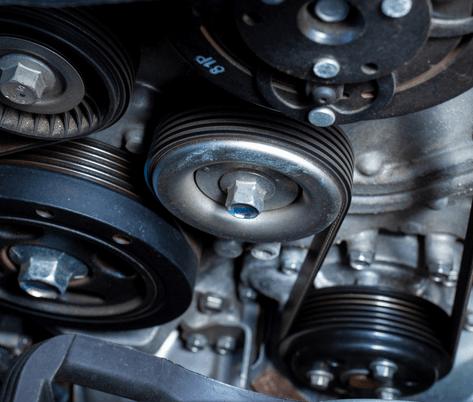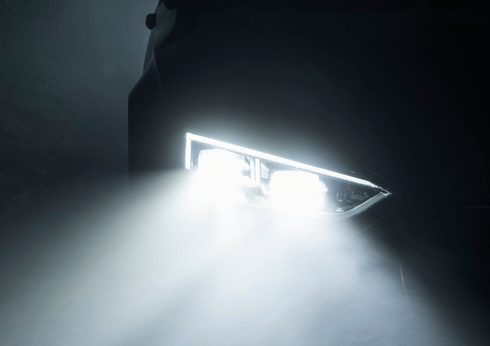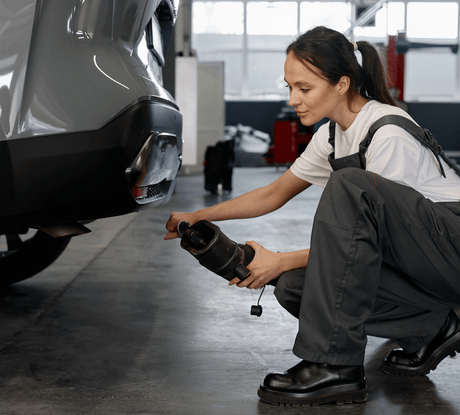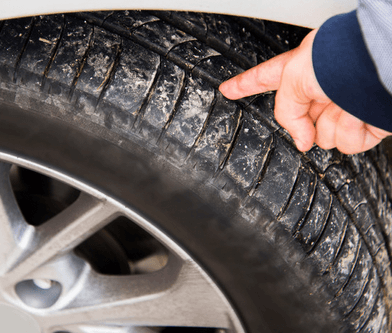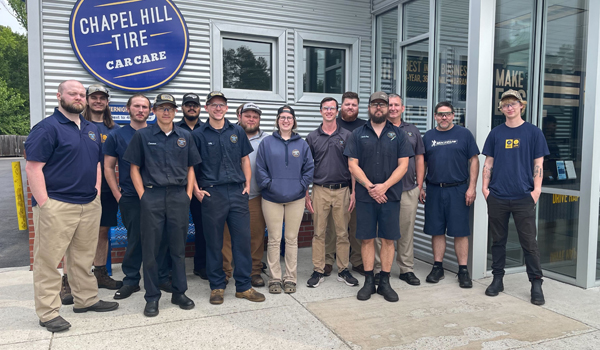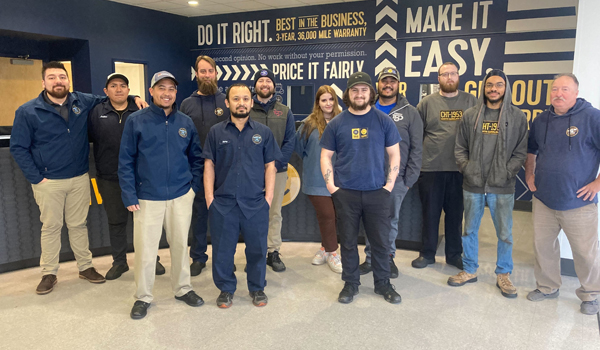The most common belt in modern cars is the serpentine belt. This long snake-like piece of rubber keeps the alternator, power steering pump, and AC in working condition. On some vehicles, it’s also the source of power for the water pump. If you haven’t already figured it out, your car desperately needs this belt. While it’s not a fancy piece of machinery, its failure can prevent you from safely or comfortably driving your vehicle.
Due to the importance of a serpentine belt, it’s critical you know how they work, the main warning signs your serpentine belt is failing, and when you should have them inspected.
How Does a Serpentine Belt Normally Work?
The serpentine belt uses a tensioner belt and pulleys to transfer power from the engine to other parts of the car. It’s also referred to as the drive belt because you can’t drive without it. This part powers the crankshaft, which is the component that powers the alternator.
Why Is the Serpentine Belt Tensioner Important?
Most of the vehicles made today have a self-tensioning device. This device is referred to as the automatic belt tensioner. The amount of tension the belt tensioner holds over the serpentine belt is predetermined.
The serpentine belt must maintain a specific balance of tension and flexibility. The tensioner’s internal spring and pulley apply just the right amount of force against the serpentine belt, so it remains tight. When the amount of tension is insufficient, the serpentine belt slips, makes noise, or overheats. This lack of tension can put your AC, power steering, and other accessories powered by the engine out of business.
5 Warning Signs You Need to Replace Your Serpentine Belt
When the belt is about to go bad, you’ll likely notice multiple things going wrong with your vehicle. As you try to keep your vehicle in the best shape possible, make sure to bring your vehicle to a mechanic immediately if you notice any of the following five signs you need a serpentine belt replacement:
- You hear strange sounds, smell burnt rubber, or see steam: When a serpentine starts to go bad, you’ll often hear an annoying squeaking or chirping sound under the hood. Another sign you’ll want to look out for is the smell of burnt rubber, as this smell can indicate the serpentine belt is failing. You’ll also want to look out for steam or vapor coming from the engine.
- Your engine or battery light comes on: Another indication that you need a replacement is if the check engine light or battery light has turned on. While these lights could be related to other issues, it’s best to bring your car to a mechanic to see why the lights are on and what you need to do to fix it.
- Power steering or your AC stops working: If the AC or power steering stops working, you likely have a broken serpentine belt or tensioner. Instead of risking driving to a mechanic without power steering, you’ll want to have your car towed to their shop.
- Your engine overheats: If your engine overheats, you could have an issue with your serpentine belt. Since an overheated engine can be due to several different serious causes, you’ll want to have your car inspected as soon as possible.
- You spot visual signs of wear: Cracks, splits, and fraying are visual indicators of a worn belt. If the belt’s sides are glazed over, the belt won’t last much longer. Take the belt and twist it. If the layers separate or chunks are missing, a mechanic will need to replace your serpentine belt.
Should You Change Your Serpentine Belt On Your Own?
While you may think that a broken serpentine belt is a simple fix, it’s best to leave the repair to the professionals. If you aren’t trained to replace the belt and tensioner, you may destroy other parts of the engine. Most who decide to take on this task all by themselves also run into trouble accessing the belt.
The process requires a special set of tools, and you have to be careful not to damage any of the pulleys or other crucial components. To avoid making any mistakes, take your vehicle to a trained mechanic’s shop for serp belt service.
When Should You Inspect Your Serpentine Belt?
Once your vehicle hits the 60,000-mile marker, it’s time to have the serpentine belt inspected. Maintenance is simple as it only requires a quick check to ensure it’s not showing signs of wear. While 60,000 miles require an inspection, 90,000 miles is when a replacement is recommended, even if it appears to be in tip-top condition. Replacing your belt at 90,000 miles can prevent serious problems from occurring, such as your power steering going out.
Choose Chapel Hill Tire for Serpentine Belt Replacement Services
If you notice any warning signs and think you need serp belt services in Chapel Hill, Durham, Raleigh, or the surrounding areas, turn to Chapel Hill Tire. Once you bring your vehicle in for a serp belt service appointment, we’ll provide a comprehensive engine diagnostic service and pinpoint what’s happening to the vehicle. If we find you need a serpentine belt replacement, we’ll replace your serpentine belt quickly and get you back on the road.
Learn more about our vehicle maintenance and repair services. If you need a serpentine belt replacement or an inspection, please make an appointment.
